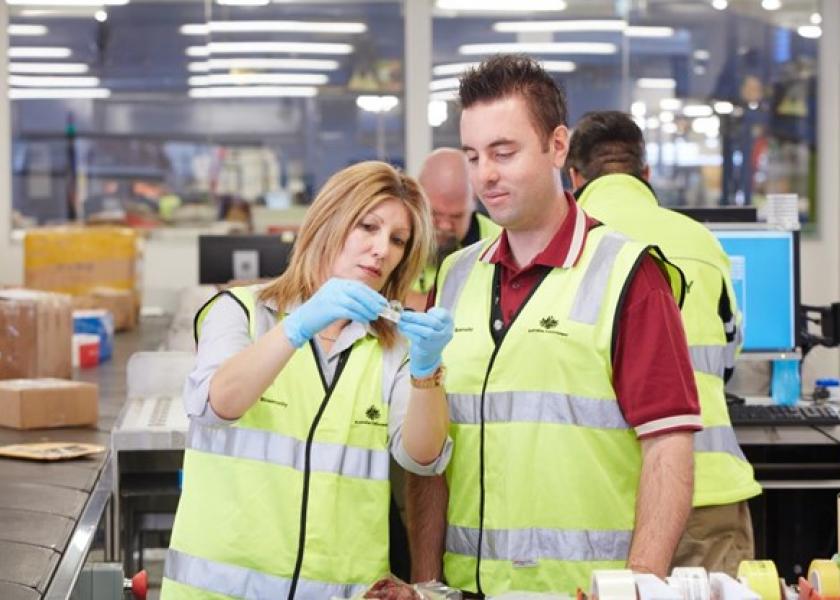Australia Raises Its FMD Alert

Australia has come under the threat of foot and mouth disease after traces of the disease were detected from goods coming into the country this week.
Agriculture Minister Murray Watt said viral fragments of foot and mouth disease were detected in meat products that entered Australia recently from Indonesia and China. Those viral fragments are not live and cannot be transmitted, he said.
“We have detected foot and mouth disease and African swine fever viral fragments in a small number of pork products for sale in the Melbourne CBD that were imported from China,” Watt said.
“In addition to this a passenger travelling from Indonesia has in recent days been intercepted with a beef product that they didn’t declare which tested positive for foot and mouth disease viral fragments," he said.
As part of the Australian Government’s response to the spread of animal diseases in the region, the Department of Agriculture, Fisheries and Forestry has increased its surveillance and testing of meat and other animal products, both at the border and through targeted checking of retail outlets.
Some pork products have been removed from supermarket shelves after viral fragments of both foot and mouth disease (FMD) and African swine fever (ASF) were detected during testing.
Due to the outbreak of the disease in Indonesia, travelers arriving in Australia from Indonesia will now be required to walk across sanitation foot mats at airports. The mats will contain a citric acid solution designed to dislodge any dirt from the sole of the shoe and cover it in the acid.
Australian government officials said a positive case of foot and mouth on an Australian farm could shutter the $27 billion livestock export trade. The government estimates the total cost of a major outbreak at $80 billion.
Despite the recent findings, Australia remains foot and mouth disease-free, according to Watt.







